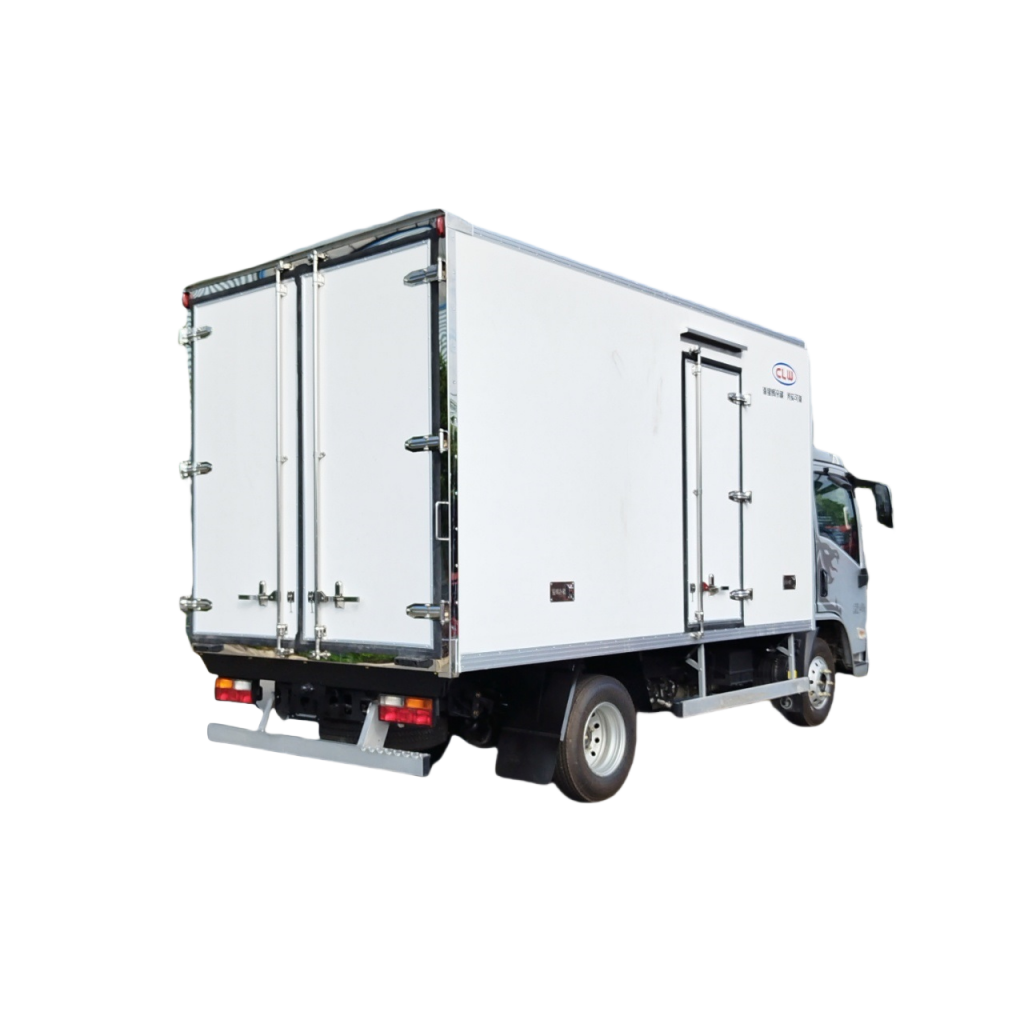Introduction
Truck mounted cranes play a crucial role in various industries, such as construction, transportation, and logistics. These powerful machines are used to lift and move heavy loads with precision and efficiency. However, https://www.worktruckmaker.com/comparing-light-medium-and-heavy-rescue-trucks-a-comprehensive-review/ associated with truck mounted cranes is the noise they generate during operation. The noise levels produced by these machines can have adverse effects on both workers using the cranes and the surrounding communities.
In this article, we will explore the impact of truck mounted crane noise levels on workers and communities. We will discuss the sources of noise in truck mounted cranes, the potential health effects of prolonged exposure to high noise levels, and the measures that can be taken to mitigate noise pollution.
Sources of Noise in Truck Mounted Cranes
Truck mounted cranes are equipped with various components that can contribute to noise generation during operation. Some of the primary sources of noise in these machines include:
1. Engine noise: The diesel engines used to power truck mounted cranes can produce significant levels of noise, especially during acceleration or heavy load lifting.
2. Hydraulic systems: The hydraulic systems in truck mounted cranes are essential for controlling the movement of the crane arm and lifting loads. However, the hydraulic pumps and valves can generate noise as they operate.
3. Mechanical components: The movement of gears, pulleys, and other mechanical components in the crane can also produce noise during operation.
4. Impact noise: When the crane lifts or lowers heavy loads, the impact of the load on the ground or other surfaces can create noise.
5. Auxiliary equipment: Some truck mounted cranes may be equipped with additional equipment, such as generators or compressors, which can contribute to overall noise levels.
Health Effects of High Noise Levels
Prolonged exposure to high noise levels from truck mounted cranes can have a range of adverse health effects on both workers and nearby residents. Some of the potential health risks associated with exposure to excessive noise levels include:
1. Hearing damage: Noise-induced hearing loss is a common occupational health hazard among workers exposed to high noise levels. The loud noise generated by truck mounted cranes can damage the delicate structures of the inner ear over time, leading to permanent hearing loss.
2. Stress and fatigue: Constant exposure to loud noise can increase stress levels and fatigue among workers, affecting their overall well-being and productivity.
3. Sleep disturbances: Noise pollution from truck mounted cranes can disrupt sleep patterns, leading to sleep disturbances and other related health issues.
4. Cardiovascular effects: Studies have shown that prolonged exposure to high noise levels can increase the risk of cardiovascular diseases, such as hypertension and heart disease.

5. Cognitive impairment: Noise pollution can impair cognitive functions, such as concentration and memory, impacting the performance of workers using truck mounted cranes.
Mitigating Noise Pollution
To address the issue of noise pollution from truck mounted cranes, various measures can be implemented to reduce noise levels and protect the health and well-being of workers and communities. Some effective strategies for mitigating noise pollution include:
1. Engineering controls: Designing quieter crane components, such as sound-attenuated cabs and mufflers for engines, can help reduce overall noise levels.
2. Administrative controls: Implementing work schedules that limit the duration of exposure to high noise levels and providing noise-canceling headphones or earplugs to workers can help minimize the impact of noise pollution.
3. Environmental barriers: Erecting sound barriers or acoustic enclosures around crane operations can help contain noise within the work area and reduce exposure to nearby residents.
4. Maintenance and inspection: Regular maintenance and inspection of truck mounted cranes can help identify and address any issues that could contribute to increased noise levels.
5. Training and awareness: Providing education and training to workers on the risks of noise exposure and the importance of using hearing protection can help raise awareness and promote safe practices.
Conclusion
Truck mounted cranes are essential tools in various industries, but the noise they generate during operation can pose significant risks to the health and well-being of workers and communities. Understanding the sources of noise in truck mounted cranes, the potential health effects of high noise levels, and the measures that can be taken to mitigate noise pollution is crucial for ensuring a safe and healthy work environment.
By implementing engineering controls, administrative measures, environmental barriers, maintenance practices, and training programs, the impact of noise pollution from truck mounted cranes can be minimized. It is essential for employers, workers, and regulatory bodies to work together to address this issue and create a safer and more sustainable working environment for all.
